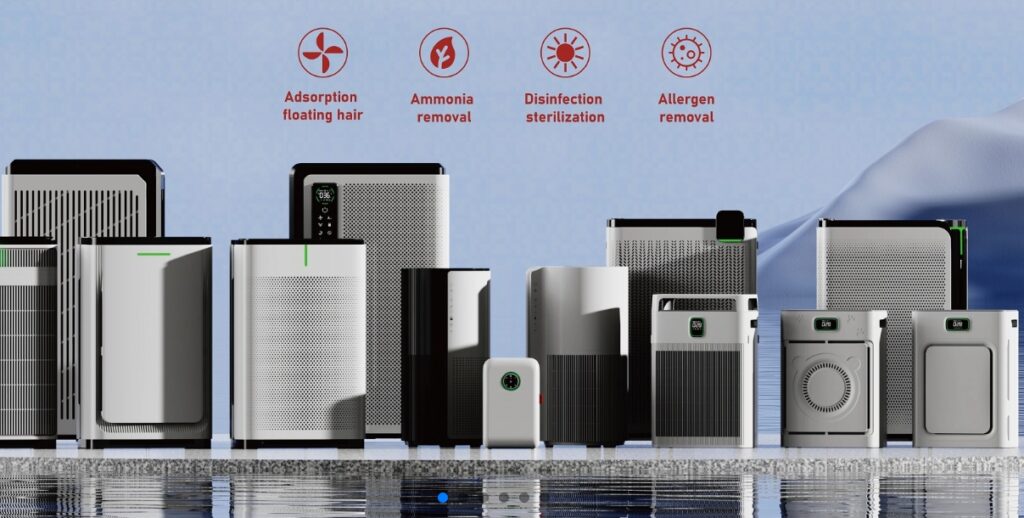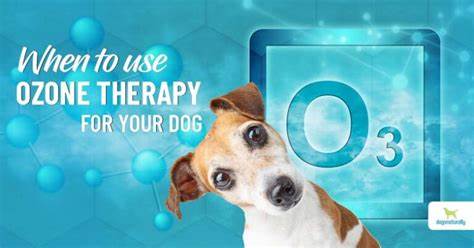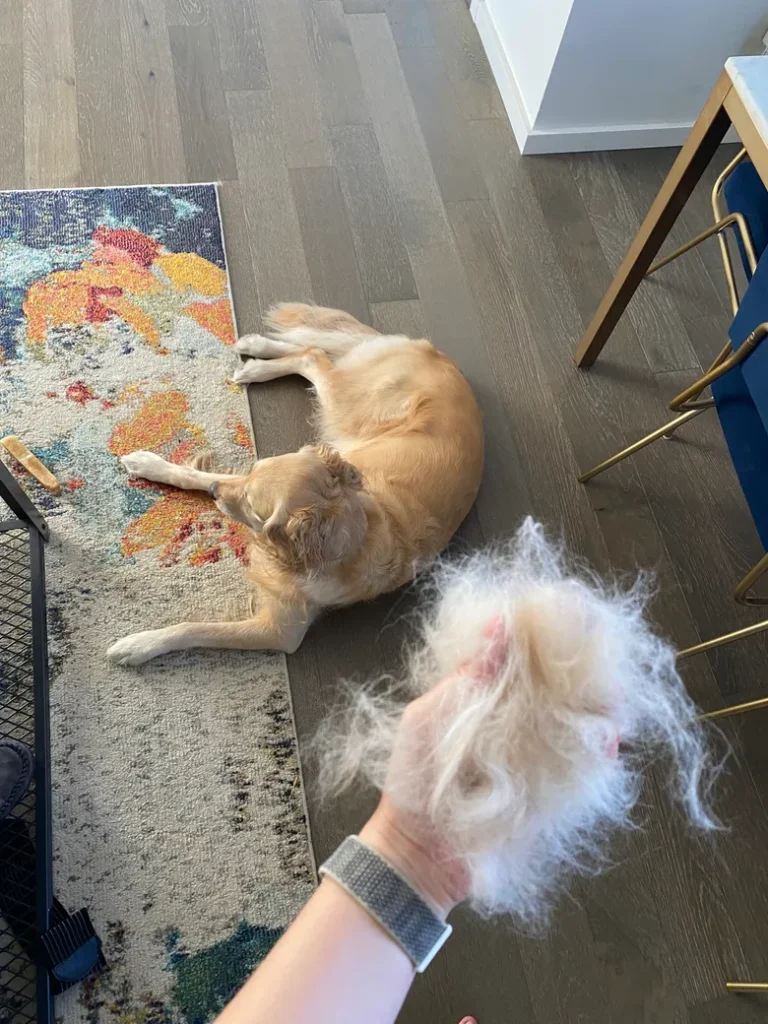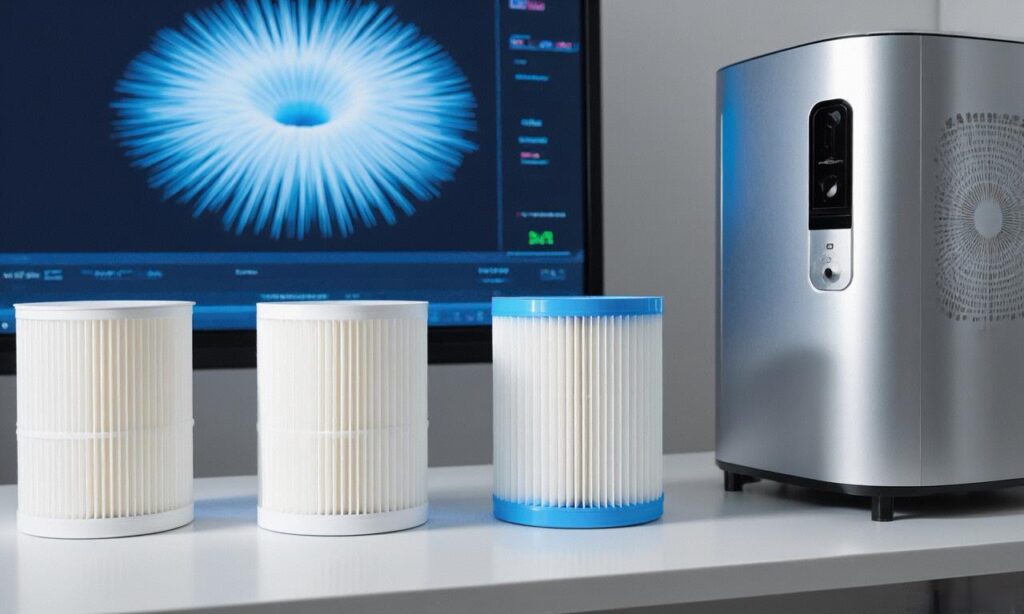Introduction: Why Pet Families Need Specialized Filters
Pet households often encounter unique challenges when it comes to maintaining clean indoor air. Notably, homes with pets experience three times higher levels of airborne fur compared to pet-free environments, accentuating the need for specialized air filtration solutions. Furthermore, standard filters typically achieve only a 70% efficiency rate in capturing pet fur, leaving room for improvement. Additionally, these environments are susceptible to prolonged odors from ammonia and other sources, which can linger if not effectively mitigated. Without the right filters, there’s an increased risk of bacterial growth due to moisture retention. For pet families, utilizing air purifiers with specially designed filters becomes essential to ensure a healthier living environment.

Filter Technology Breakdown: Types, Performance & Pet-Specific Features
Image courtesy: Unsplash
Core Filter Types & Comparative Performance
| Filter Type | Targets | Efficiency Metrics | Pet-Family Suitability |
|---|---|---|---|
| Pre-Filter (Mesh) | Pet hair (>5μm) | 80%-95% interception rate | Essential; opt for electrostatic material (Material 13) |
| HEPA Filter | PM2.5/pollen (0.3μm) | H11-H13 (98%-99.97% efficiency) | H13 minimum for pet dander (Material 4/14) |
| Activated Carbon | Ammonia/pet odors | Iodine value ≥800mg/g | Pair with photocatalytic oxidation (Material 2) |
| Composite Filters | Multi-pollutant control | Synergistic layers | Gold standard for pet households (Material 4/8) |
Air purifiers play a crucial role in ensuring the air quality within pet households, where higher levels of airborne fur and odors are present. Several core filters, each targeting specific pollutants, form the backbone of effective air purification systems, particularly in homes with pets.
Pre-Filter (Mesh): These filters are primarily aimed at intercepting larger particles such as pet hair (greater than 5 micrometers). With an interception efficiency ranging from 80% to 95%, pre-filters are essential for pet households. Opting for electrostatic materials enhances their efficiency, as these materials can hold onto particles more effectively than traditional mesh, thereby requiring less frequent maintenance.
HEPA Filter: High-Efficiency Particulate Air (HEPA) filters target fine particulate matter such as PM2.5 and allergens like pollen, with a capture efficiency between 98% and 99.97%. For tackling pet dander, HEPA filters rated as H13 are the minimum recommendation. Such filters can trap particles down to 0.3 micrometers, effectively reducing airborne pet allergens.
Activated Carbon: Activated carbon filters excel in adsorbing gaseous pollutants, such as ammonia and other pet-related odors. A crucial metric for activated carbon filters is the iodine value, which should be at least 800 mg/g to ensure optimal performance. Combining activated carbon with photocatalytic oxidation can further enhance decomposition of odors, providing a more comprehensive odor control.
Composite Filters: These filters integrate multiple layers, each designed to address a different type of pollutant. The synergy between the layers makes composite filters the gold standard for homes with pets, offering multi-pollutant control that is essential given the diverse types of allergens and odors that pets can introduce into a living environment.
Pet-Focused Innovations
When it comes to catering specifically to pet households, air purifier manufacturers have introduced several pet-focused innovations that significantly improve filter performance and user convenience.
– Anti-Clogging Designs: Electrostatic pre-filters are an innovation targeting the reduction of maintenance needs. These pre-filters are less prone to clogging with pet hair and dander due to their charge-based mechanism of particle capture.
– Improved Odor Adsorption: By using coconut shell carbon with its microporous structure, the efficiency of odor adsorption can be boosted by 30%. This material is capable of handling the strong odors often associated with pets, such as ammonia from litter boxes.
– Antimicrobial Properties: To tackle the bacteria and pathogens accompanying pet environments, some filters are infused with silver-ion-based bamboo fibers, achieving a 98% bacteria kill rate. Another advanced option involves a UV and photocatalytic combination, which can sterilize up to 99.99% of pathogens, ensuring an additional layer of safety for households.

Sustainability & Eco-Friendly Considerations
In an era increasingly focused on sustainability, selecting air purifier filters that align with eco-friendly principles is of growing importance. Not only do these considerations impact the environment at large, but they can also affect the health and well-being of pets and their owners.
Material Comparison
| Material | Recyclability | Carbon Footprint | Pet-Family Impact |
|---|---|---|---|
| PP Plastic | Partially recyclable | Moderate | Low-cost but degrades faster (Material 6) |
| Coconut Shell Carbon | Non-recyclable | Low | High adsorption but frequent replacement (Material 2) |
| Bamboo Fiber | Biodegradable | Low | Eco-preferred; supported by pet brands (Material 7) |
Different materials used in air purifier filters come with varying levels of environmental impact, recyclability, and performance implications for pet households.
– PP Plastic: While partially recyclable, polypropylene (PP) plastic has a moderate carbon footprint. It is a low-cost material, but its faster degradation rate compared to other options may necessitate more frequent replacements, which contradicts sustainability goals.
– Coconut Shell Carbon: Known for its low carbon footprint, coconut shell carbon proves to be highly effective in adsorption but lacks recyclability. This non-recyclable nature initially seems challenging; however, since it is a by-product of agriculture, it remains a more environmentally friendly choice compared to synthetic options.
– Bamboo Fiber: Bamboo fiber stands out in terms of sustainability due to its biodegradability. This material is low in carbon impact and is increasingly adopted by pet brands for eco-friendly products, reflecting its growing acceptance in the market.
Longevity Hacks
To prolong the life of air purifiers and reduce the frequency of filter replacement, several practical hacks can be utilized:
– Carbon Filter Revitalization: Exposing carbon filters to sunlight can reclaim up to 30% of their adsorption capacity, which is a simple and natural way to extend their usefulness.
– Tiered Maintenance Regimes: Implementing a maintenance system that includes both pre-filters and main filters not only ensures better performance but also cuts down on replacement costs. Regular cleaning or replacing pre-filters prevents clogging, thereby maintaining the efficiency of the subsequent filters.
By adopting these longevity hacks, pet owners can contribute to sustainability by reducing waste and extending the life of their filtration systems.
Through examining filter technologies, pet-specific innovations, and environmental considerations, pet owners can make informed decisions that enhance the air quality in their homes while aligning with sustainable practices. Understanding these aspects empowers them to select and maintain filtration systems that not only ensure cleaner air but also support a healthier and environmentally friendly lifestyle.
Pet-Specific Filter Selection Guide
Image courtesy: Unsplash
Choosing the right air purifier filter is crucial for pet owners who desire clean air while cohabiting with furry friends. This guide offers targeted advice for cat and dog owners to help them make informed choices that will best manage pet hair, dander, and odors.
Cat Owners
For cat owners, filter selection should focus on managing fur, dander, and litter box odors. Here are essential aspects to consider:
– Fur Control: Cats tend to shed smaller and finer fur, which can easily become airborne. Electrostatic pre-filters are effective in intercepting and capturing pet hair by using static electricity to trap particles without clogging quickly. Pairing these with bamboo fiber layers ensures an even more robust filtration system that can tackle both hair and dander. Bamboo fiber not only captures allergens effectively but its antimicrobial properties help reduce bacterial growth, creating a healthier indoor environment.
– Odor Neutralization: Litter boxes are notorious for ammonia and other unpleasant odors. To combat this, cat owners should look towards filters with photocatalytic oxidation capabilities or the use of “purple crystal catalysts,” which are innovative approaches to neutralizing smells at a molecular level. These advanced technologies break down odors rather than merely masking them, ensuring a fresher and more pleasant home environment.
Dog Owners

Dog owners face different challenges, primarily due to bulkier fur and greater moisture brought into the home by their canine companions. Addressing these needs requires specific filter features:
– Moisture Resistance: Dogs often come inside with moisture from outside, whether from rain or slobber. Antibacterial-coated filters are particularly useful for managing this added moisture, as they prevent bacterial and mold growth. These filters maintain their effectiveness in damp conditions, ensuring consistent performance.
– Bulk Fur Handling: Dogs, especially high-shedding breeds, can release significant amounts of fur into the air. An H13 HEPA filter in conjunction with an aerodynamic duct design can efficiently manage large quantities of dog hair. These filters provide a high interception rate for particles without compromising airflow, ensuring continuous and efficient air purification.
Common Pitfalls to Avoid
Image courtesy: Unsplash
In selecting air purifier filters for pet households, it’s crucial to debunk some common misconceptions and avoid pitfalls that could undermine the effectiveness of your air cleaning system.
– Myth: “Higher HEPA rating = always better.”
While it may seem intuitive to assume that a higher HEPA rating translates to better performance, this isn’t always the case. For pet owners, an H13 HEPA filter is often sufficient, as it offers a balance between high filtration efficiency and optimal airflow. Higher ratings such as H14 or H15 could potentially hinder airflow due to increased resistance, leading to less effective air circulation in your home.
– Myth: “Thicker carbon = better performance.”
When it comes to activated carbon filters, thickness isn’t the sole metric of performance. The iodine value, which should be at least 800mg/g, and the structural design, such as a honeycomb configuration, are more significant indicators of a filter’s performance. These aspects ensure maximum exposure to air, enhancing the filter’s ability to adsorb odor molecules and volatile organic compounds efficiently.
– Myth: “Pre-filters don’t need replacement.”
A common oversight among pet owners is assuming that pre-filters do not require regular replacement. However, clogged pre-filters can drastically reduce the efficiency of the subsequent HEPA layer. Regular maintenance and replacement of pre-filters ensure your air purifier continues to operate at peak performance, delivering the cleanest air possible to your living space.
By understanding these selection criteria and avoiding common misconceptions, pet owners can ensure they create a cleaner, healthier home environment for themselves and their furry companions.
Conclusion: Building a Healthier “Co-Living” Environment
Navigating the intricacies of air purifier filters can significantly enhance the air quality in homes shared by both humans and pets. As technology advances, the future promises innovations like biodegradable bamboo filters and light-driven purification. These emerging trends aim to sustaining both environmental and indoor air quality efficiently.
As pet owners, a proactive approach to air purification involves consistent maintenance and informed filter selection. Testing filter saturation quarterly is crucial—look for signs like discoloration or persistent odors to signal the need for replacement. Moreover, opting for brands with “old-for-new” recycling programs can contribute to environmental sustainability. By selecting the right air purification systems and adhering to these best practices, pet owners can create a healthier, happier living space for all inhabitants.
Discover AstuteInno’s Advanced Pet Air Purifier filter Solutions
Engineered for pet households, our filters combine laboratory-grade filtration with eco-innovations like bamboo-fiber HEPA and photocatalytic odor neutralizers.








